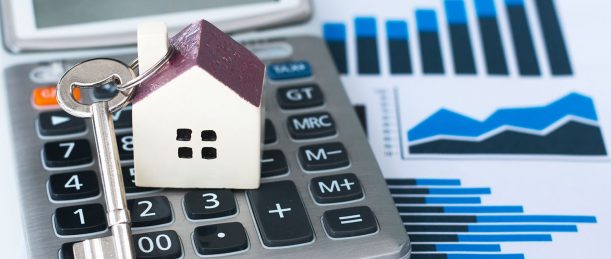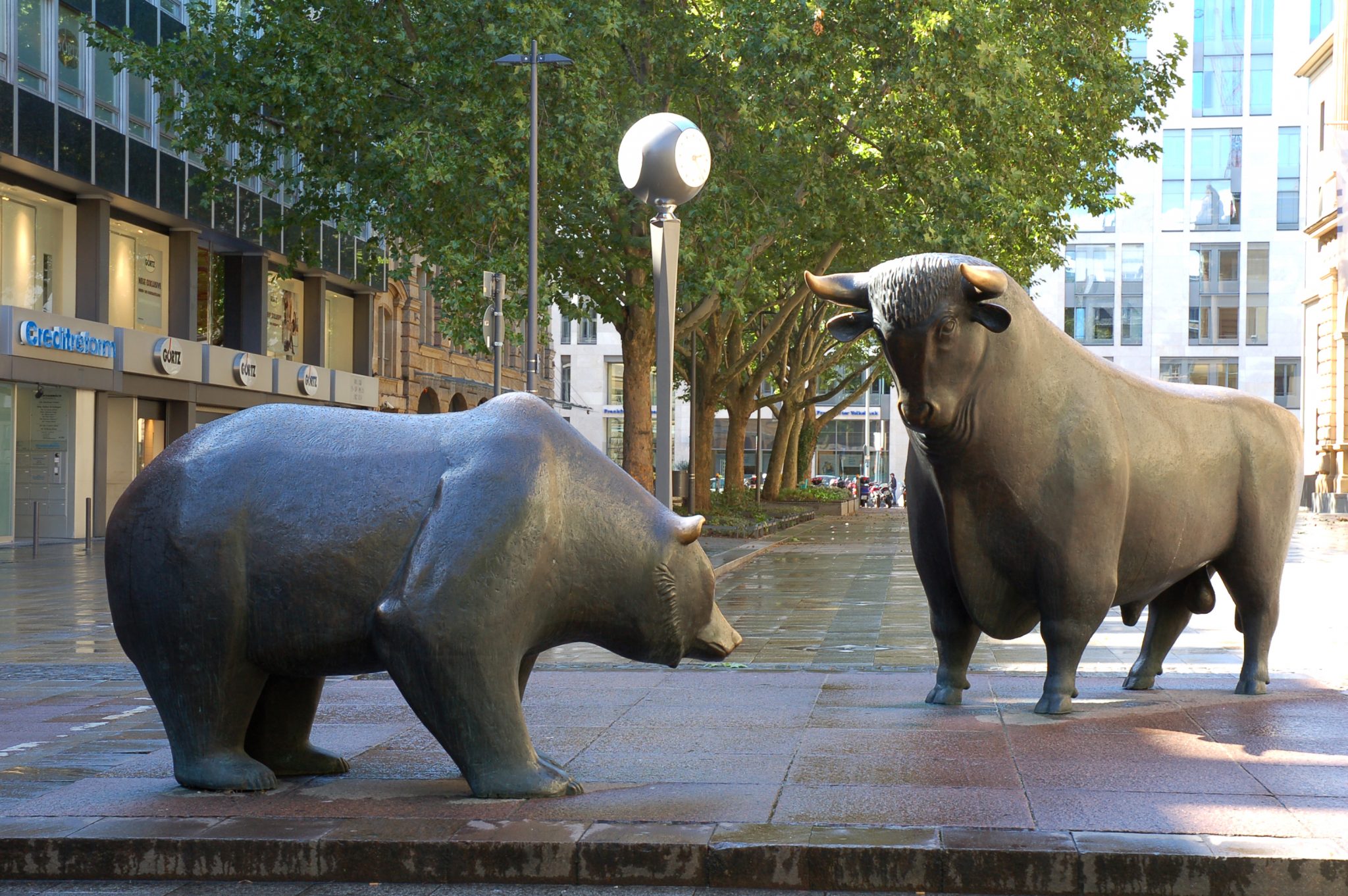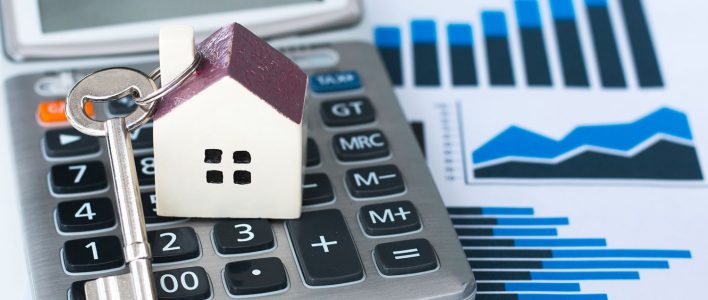
Building a Robust Financial Safety Net: The Importance of an Emergency Fund for Active Traders
Active traders, though they face heightened financial risk, may often overlook the importance of establishing a thorough emergency fund. This essential finance strategy can act as a lifeline during downturns, unexpected expenses or periods of reduced income. As an active trader, being financially prepared for emergencies is crucial for both personal and investment stability.
Why an emergency fund is vital for active traders
Trading inherently comes with a risk factor. While the rewards can potentially be high, there’s also a real possibility of losing money, whether due to market volatility or poor investment decisions. An emergency fund, then, becomes particularly significant for active traders to weather unforeseen financial storms.
This safety net provides an extra layer of financial security when dealing with trading losses, allowing you to continue your daily life without drastic cuts in your essential spending. It also dovetails with a prudent investment strategy, providing the necessary cushion that allows you to take calculated risks with your trades, being assured you have some support to fall back on.
Moreover, in periods of extreme market turbulence, having an emergency fund could mean the difference between having to liquidate your investments at a loss or having the ability to wait out the storm.
How much should active traders save in their emergency fund?
The ideal size of an emergency fund will vary depending on your personal expenses, income stability, and risk tolerance. However, a commonly recommended guideline is that your emergency fund should cover at least 3 to 6 months’ worth of living expenses.
For active traders, it may be advantageous to extend this to 6-9 months or even a full year’s worth of expenditure due to the high risk involved in trading. In calculating this figure, consider all your essential monthly payments: housing, groceries, utilities, transport, childcare, healthcare, and any debts you’re servicing.
Strategies for building an emergency fund
Building an emergency fund does not have to be a burdensome task that impedes your trading capital. Here are practical steps for active traders to consider:
Gradual Savings: Small, consistent contributions on a regular basis can eventually accumulate into a significant emergency fund. Determine how much you can comfortably save from each paycheck without majorly impacting your trading activities.
High-yield Savings Account: Utilize a high-yield savings account to hold your emergency fund. It helps grow your fund and keeps the money liquid and accessible for when you need it.
Automatic Transfers: Set up automatic payments into your emergency fund account. This ensures consistent saving while allowing you to focus on your trading activities.
Spare Change Saving Apps: Certain apps can also help build a fund by rounding up your purchases to the nearest dollar, investing the difference.
In conclusion
Creating an emergency fund should be an integral part of any active trader’s financial plan. While the urgency to invest more to increase potential profits may be tempting, having a buffer against financial adversities will ensure peace of mind and financial wellbeing in the long run. It’s important to make saving for emergencies a habit, and, while doing so, remember that it’s okay to start small and gradually increase your contributions. +










